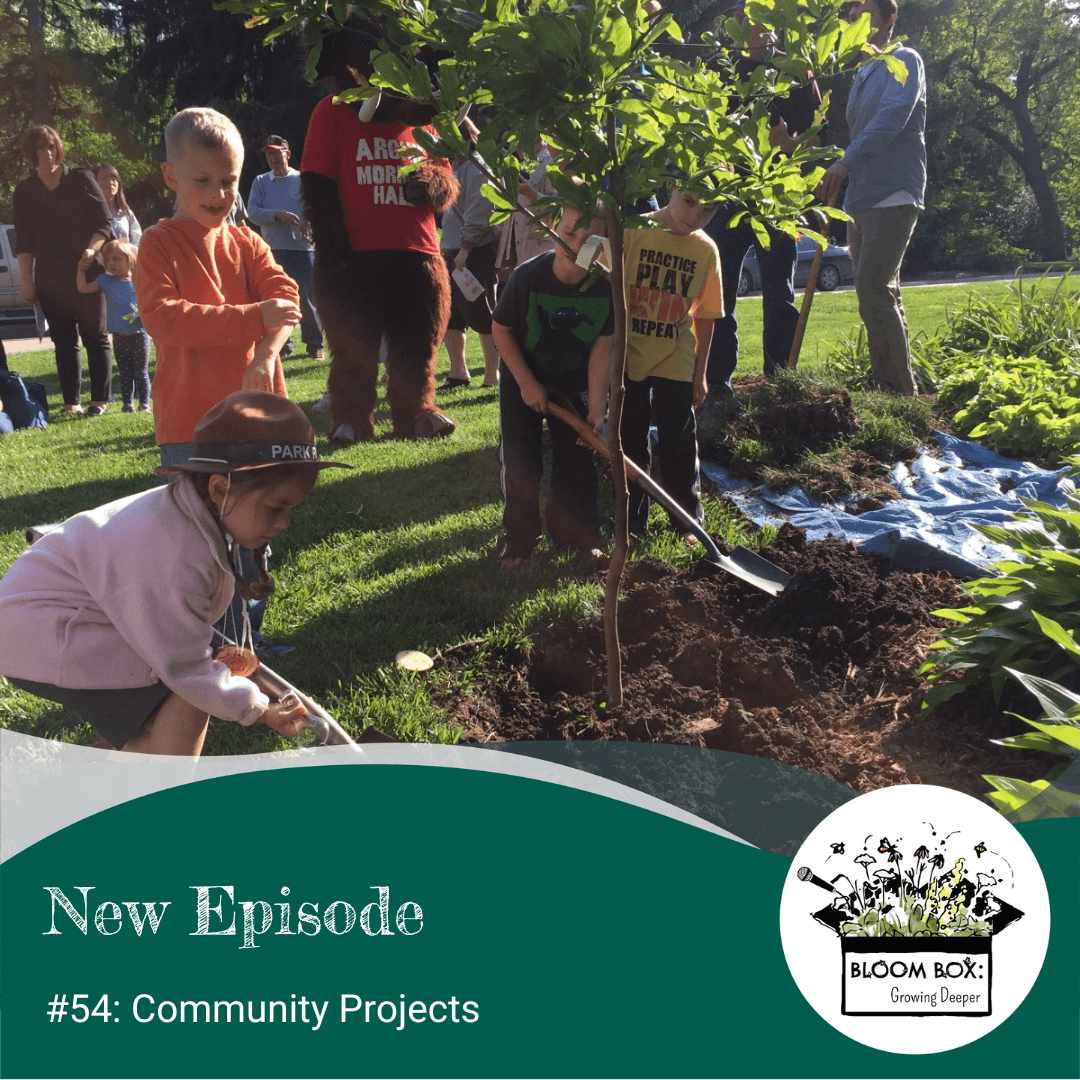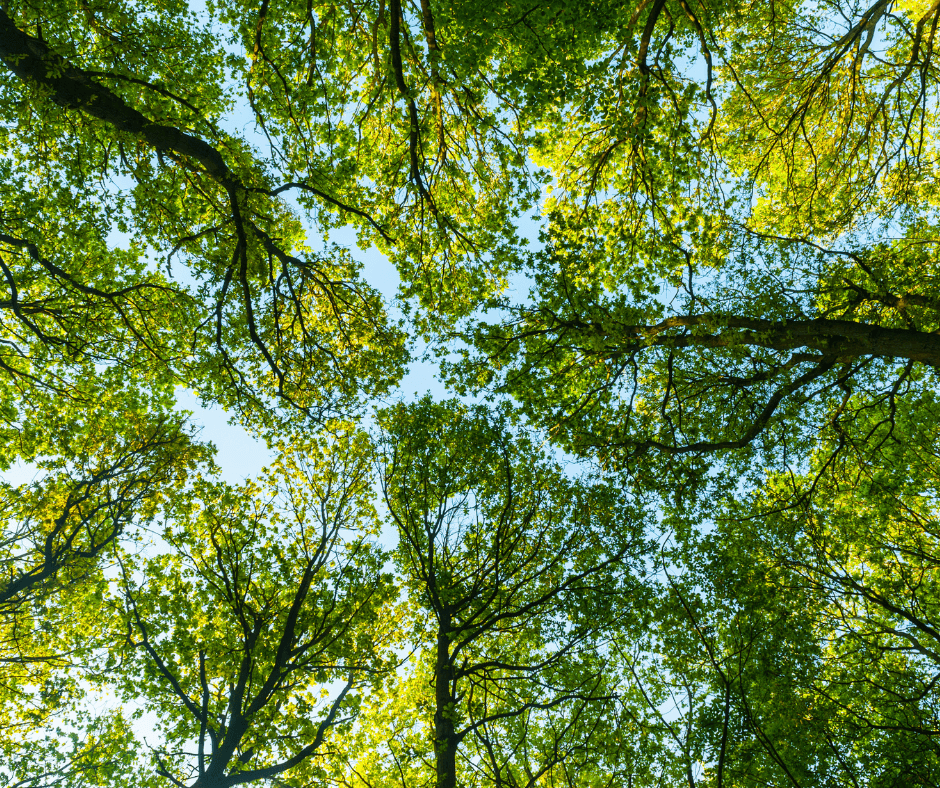
One of our favorite ways to plant Nebraska is to help make tree planting and landscape projects happen in communities. From trees and learning gardens at schools to street trees to public landscapes in parks or business districts, we have been a part of planting projects across the state. Sometimes we are there to help fund the project through one of our grants; other times we have helped get a tree inventory completed so the city staff and tree board know what they are starting with; and other times we have supplied plants or have shown up just to offer advice.
Over the last 40+ years we have learned a lot about what works well and what doesn’t. We’ve learned the key ingredients to a successful project, and we have learned what obstacles to watch out for. One of my personal favorite lessons is that we can’t always predict success from the beginning. Project champions continue to surprise us with what they can accomplish and what obstacles they can overcome!
This week on our podcast, Bloom Box: Growing Deeper, Hanna and I met with NSA Green Infrastructure Coordinator Justin Evertson and and NSA Sustainable Communities Coordinator Kendall Weyers hear what advice they would give someone who wanted to start a project in their town. Justin, Kendall, NSA Sustainable Landscape Specialist Brad Kindler and I comprise what we call the Green Infrastructure team. We manage the project funding programs that NSA offers, consult on projects and offer landscape design services (among many other things, of course). If you have ever daydreamed about planting trees or creating a native landscape in your town, I would recommend giving this episode a listen. I won’t spoil the whole episode for you here, but I do want to share a bit about the "bones" of a community project.
Community Versus Home or Personal Projects
You’ll hear us talk about "community projects" and "home" or "personal projects," which is our way of distinguishing between projects that are done on city, school, or other public properties versus those done at someone’s private property. Community projects add to the public greenspaces of a community and invite people to interact with plants and trees. They can be led by city, county or school employees or be led by a volunteer group with permission from the property owner.
Community projects should have what we call a "project champion"; they may not title themselves this way, but we have learned to identify who is supplying the leadership and energy to each project. Lack of a project champion is a big red flag for us if we are approached by a group who recognizes the need for a project but doesn’t have anyone passionate about caring for it.
Plan Before You Plant
If you listen to the podcast episode, you’ll hear all four of us talk about management and maintenance. Before planting a tree or landscape in a public place, there should be a plan for watering it and who will manage it -- not just for this year, but for next year and in five years. It's often better not to plant than to plant a tree that won’t be watered. We have spent decades helping communities rebuild their citizens’ trust for tree planting and garden making after failed public projects became eyesores or hazards.
And last but not least, if you have read this far, I am hoping that you consider helping with or starting a project in your community. Not all community projects have to be large, some of the most successful and impactful projects I have been part of included just a couple of trees or a few hundred square feet of plants. These projects were planned knowing the capacity of the champions to care for them, created joy and pride in those who worked on them, and inspired confidence in the rest of the community to take a larger step.

